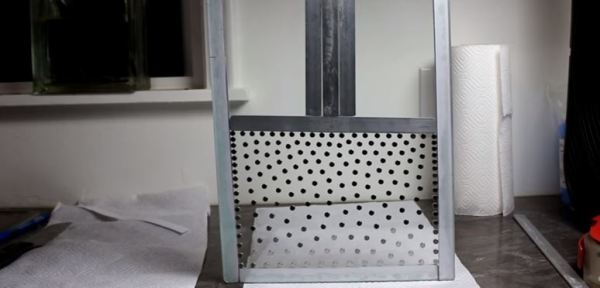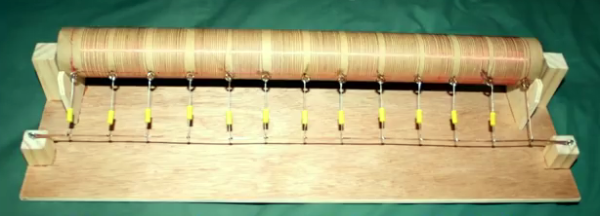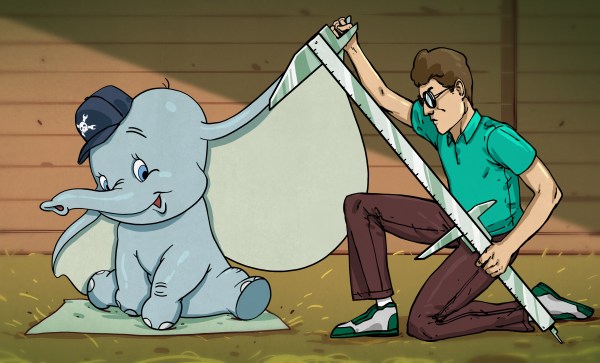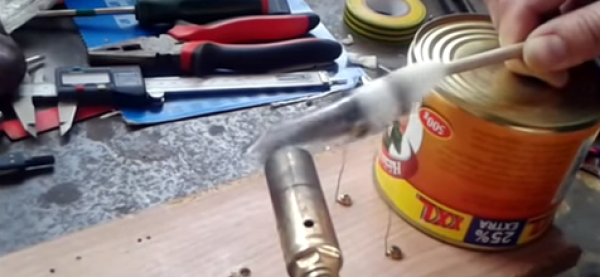Magnets are great stuff and everyone loves them, there are so many things you can do with them, including creating a model of the crystalline structure of solids, just as [Cody´s Lab] did using a bunch of magnets inside a pair of plexiglass sheets.

Many materials have their atoms arranged in a highly ordered microscopic structure — a crystal — including most metals, rocks, ceramics and ice, among others. The structure emerges when the material solidifies looking for the minimum energy configuration. Every atom interacts with its neighbors via microscopic forces forming several patterns depending on the specific material and conditions.
In his macroscopic world, [Cody´s Lab] used the magnets as his “atoms” and the magnetic repulsion between them represent the microscopic forces. Confining the magnets inside two transparent walls, one can see the formation of the crystal structure as magnets are added one by one.
This is an excellent teaching resource and also a fun way to play with magnets if you want to give it a try. Or if you want another magnet hack, we have tons of them, including implanting them in your body, or making your own with 3D printing.


















